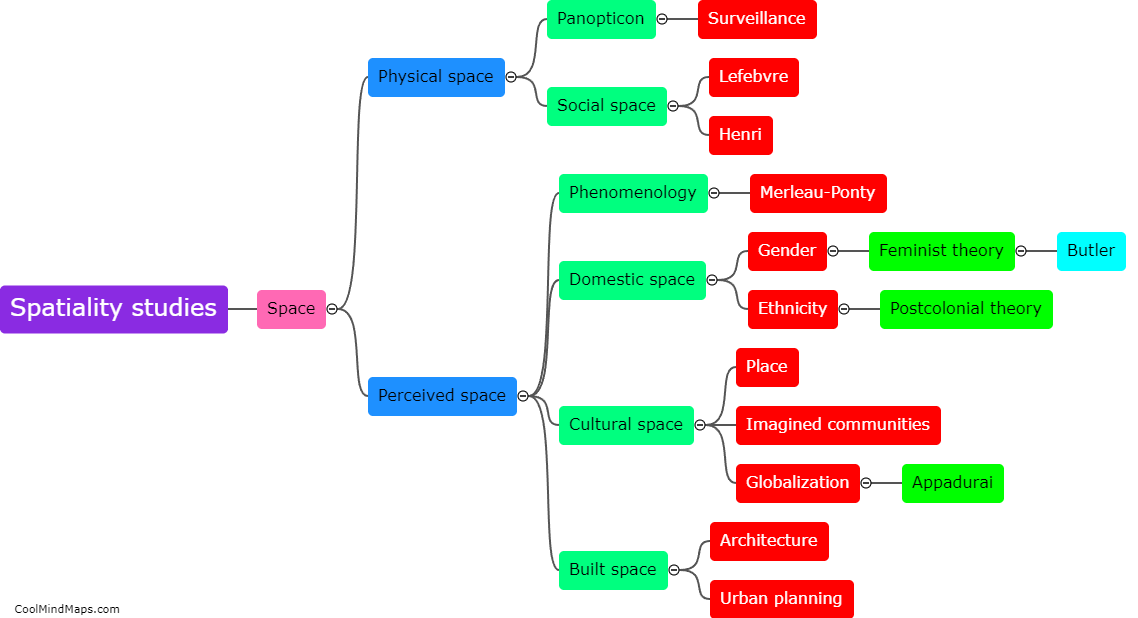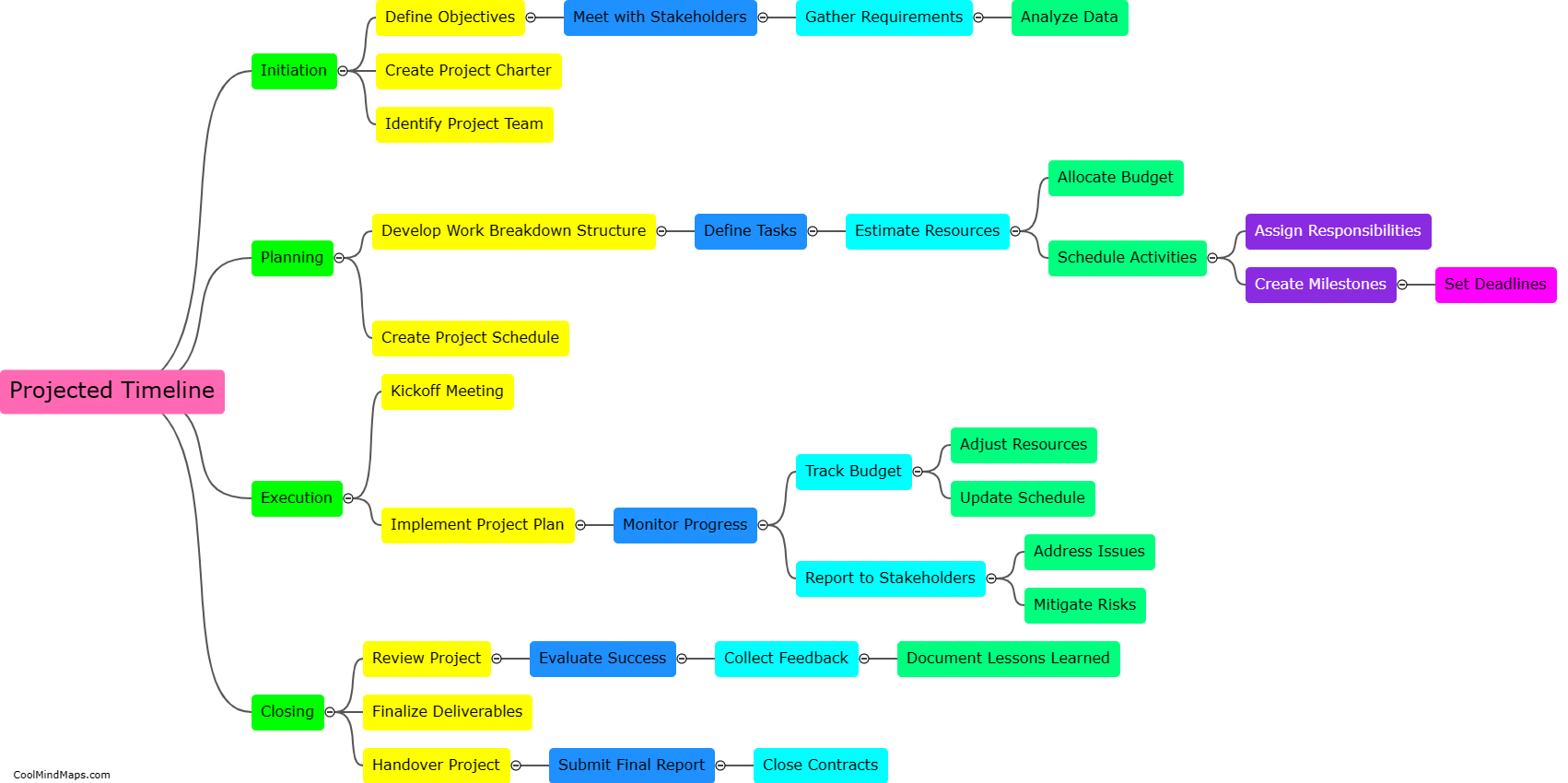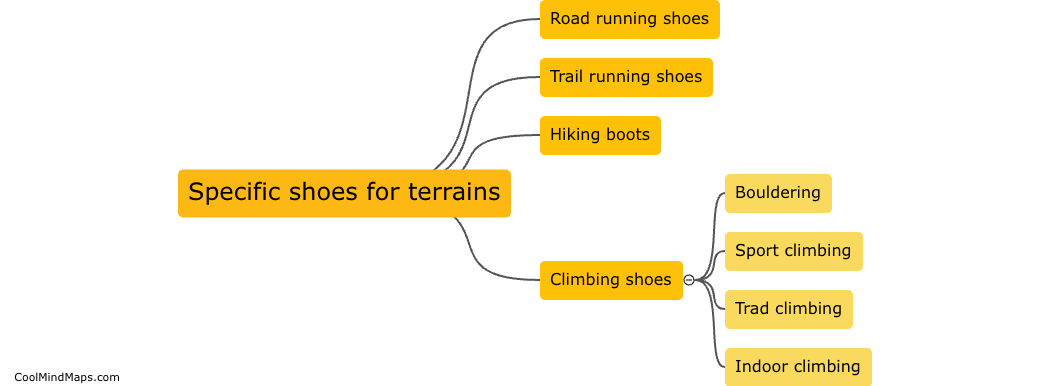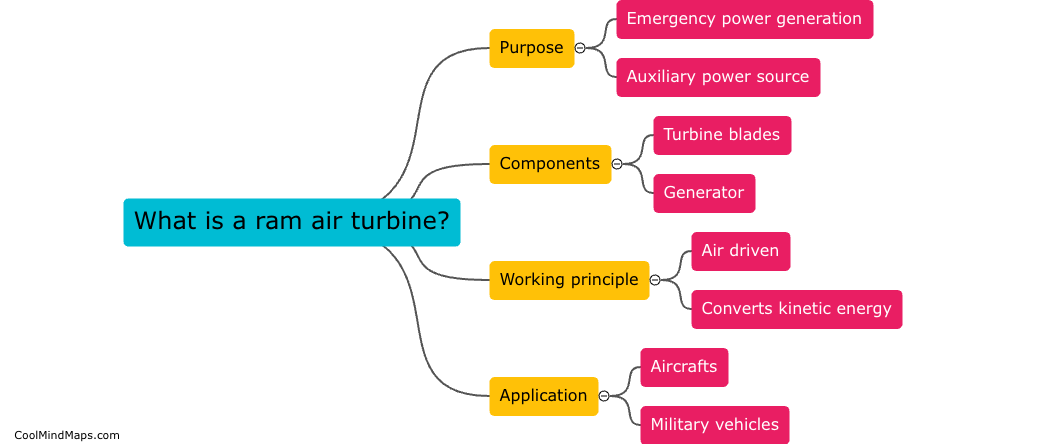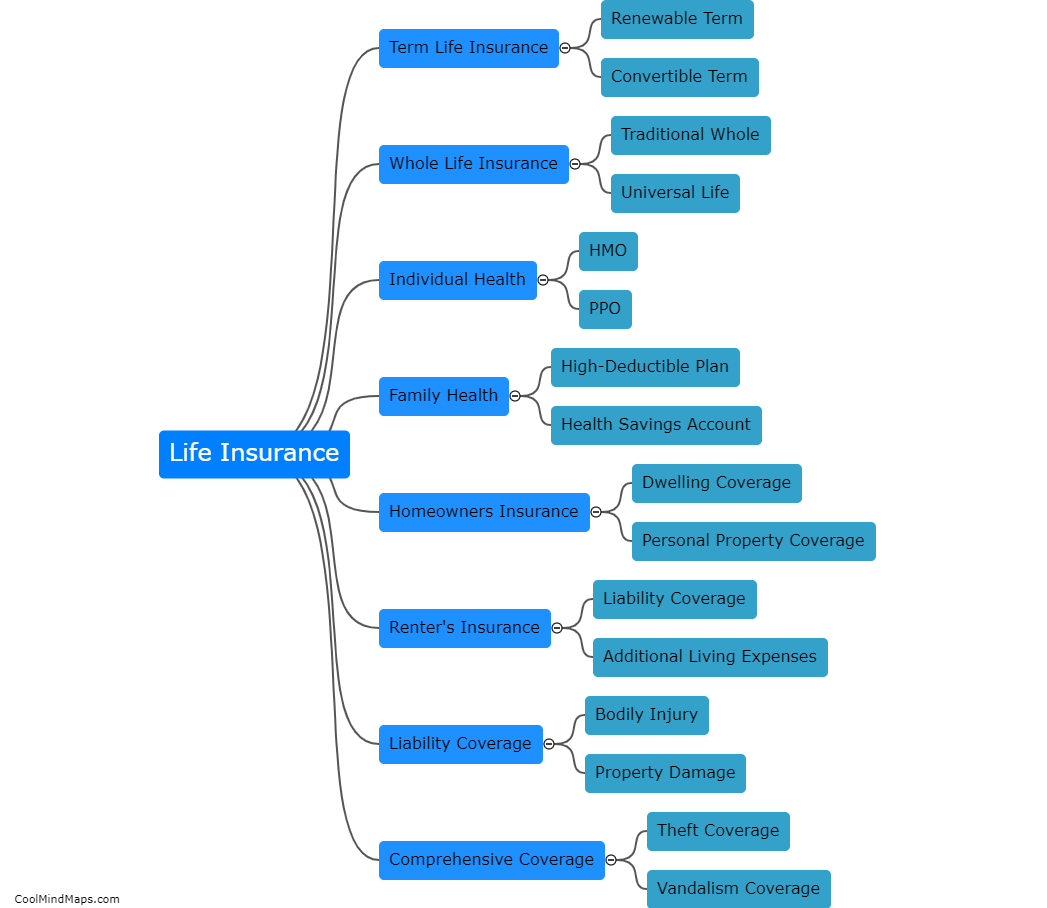How does a worm move?
Worms move through a rhythmic contractions of their circular and longitudinal muscles along their body. By expanding and contracting these muscles in a coordinated manner, worms create a wave-like movement that propels them forward. This movement, known as peristalsis, allows worms to efficiently navigate through soil, burrow, and reach food sources. Additionally, the presence of tiny bristles called setae along their body helps worms grip and anchor themselves as they move. Overall, the unique muscular structure and movement patterns of worms enable them to efficiently travel through their environment.

This mind map was published on 9 August 2024 and has been viewed 46 times.
